In a world where robotics is mainstream and wastage on construction sites remains a big problem in many countries, Malaysian architecture student Haseef Rafiei believes he has the answer.
As a student at Manchester School of Architecture, Rafiei has come up with a concept that takes a skyscraper and turns it into a ‘home dispenser’, not unlike a giant vending machine.
According to Rafiei, the concept was inspired by the avant-garde capsule structures proposed by the Metabolist Movement of Japan in the sixties. The movement envisioned plug-in technologies and design concepts that would revolutionise how cities function.
With today’s cutting-edge 3D printing technology, such proposals did not seem as ridiculous to the ambitious young architect. The notion led to the design of a skyscraper that would 3D-print homes on site.
Rafiei followed his Japanese-themed inspiration and decided that the concept for his ‘home dispensing skyscraper’, or ‘pod vending machine’ would be located in Tokyo.
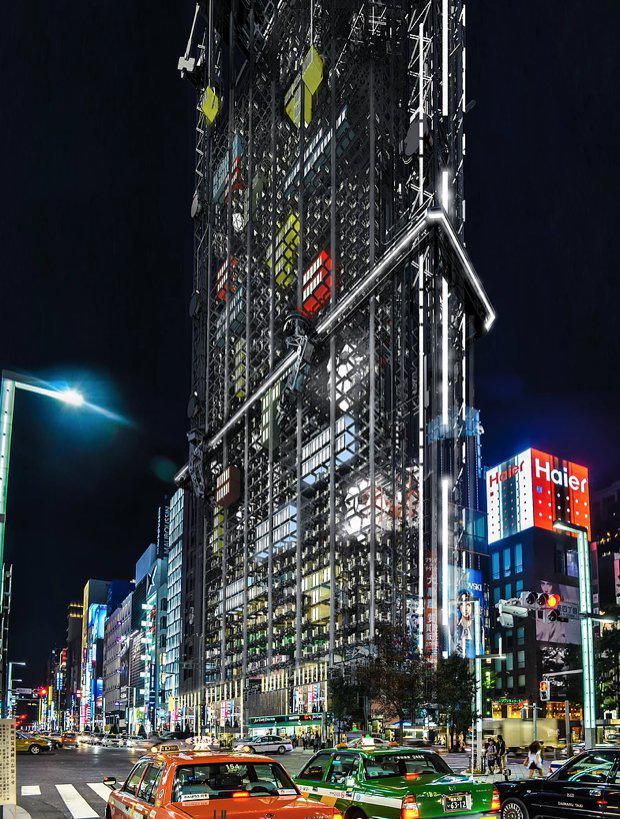
How does it work?
“The basic unit of a home is explored as tectonic objects,” Rafiei said.
“The house is broken down into basic amenities where users can select which amenities they need. The homeowner could determine what type of pods they wanted by combining multiple sub-pods to form their home.
“Unused pods will be disassembled or placed in storage to be re-used, thus creating a metabolic cycle within the skyscraper.”
A 3D pod printer is installed on top of the tower where pods are produced whenever there is demand. The printer receives materials that are pumped up by hydraulics on the sides of the building.
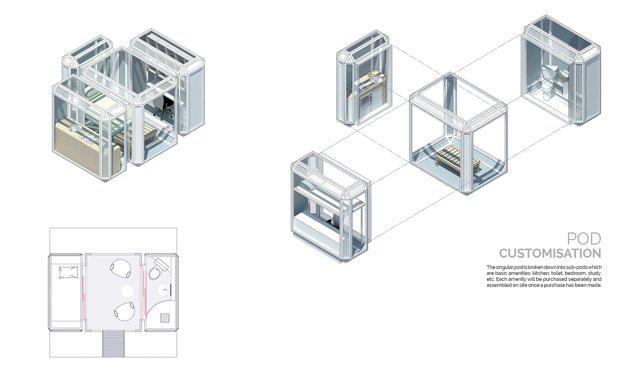
The pods manufactured are insulated and air-tight. Once connected with power and servicing pipes, they are readily inhabitable. Pods that are abandoned for a certain period of time will be dismantled and kept in storage or brought back to the printer to be recycled.
The users are able to customise the pods based on their needs. They can do so by choosing from an array of ready-to-use sub pods which are divided into basic amenities. For example, a user that does not require a kitchen can choose to exclude it from selection.
The main pods are divided into sub pods are called ‘amenity pods’. They store specific amenities ranging from the toilet to the study. These pods can be attached directly to the main pods.
The lobby of the building is filled with self-service machines that connects to the building’s interface for purchase and pod customisations.
The printer will dispense pods and will grow higher as the building grows.
Rafiei was inspired by a commonly used machine that dispenses nearly all of life's necessities for the people of Tokyo.
“This vast framed structure aims to house a large number of pods equipped with basic amenities for residential and commercial use.”
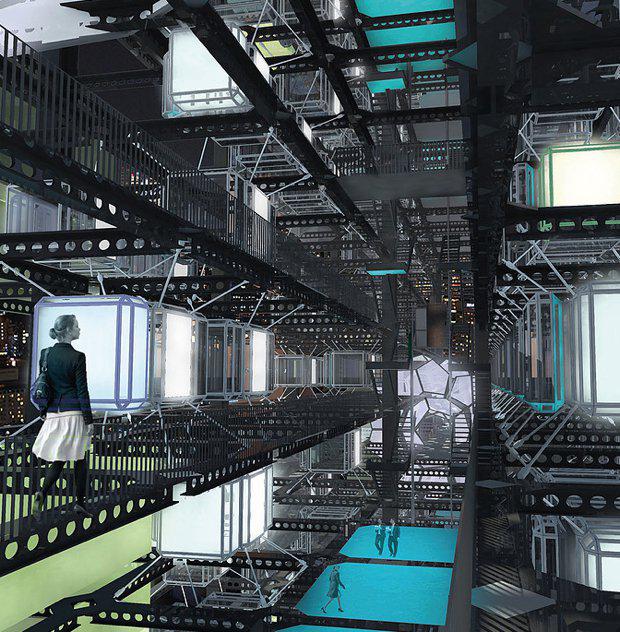
Why Tokyo? Why the concept?
Evolo said it best in their project overview for the pod vending machine, which was given a special mention in their 2017 skyscraper competition.
“Abandonment of construction projects remains a serious problem in the construction industry. It results in the wastage of materials and resources. It affects not only the immediate house buyers but also other project players and the general public. In some occasions, it also involves the use of public funds for the revival of abandoned projects. In response to the problem, the scheme proposes a building is constantly under construction: A tower that grows in parallel with the city’s housing demand. Borrowing the Japanese maxim Wabi-sabi, the building remains an ‘incomplete infrastructure’ that changes and adapts over time.”
Rafiei said Tokyo has long been the leading city for robotics and manufacturing.
“The city’s fascination towards science and engineering has changed how society interacts with machines. Its culture and social patterns have long revolved around its obsession with automation and its high regard for automated systems.
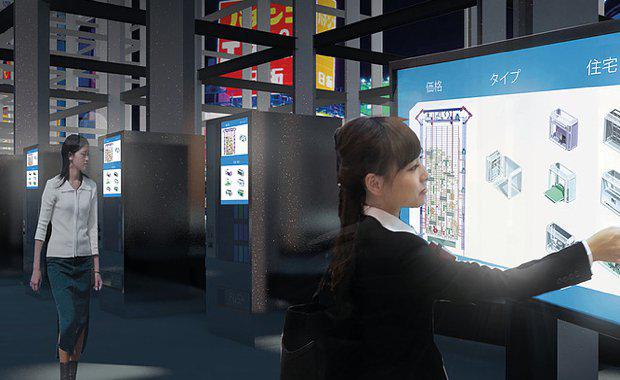
“The proliferation of vending machines in Tokyo is impossible to ignore. These machines have minimised the cost of human labour, eliminating the need for sales clerks.
“The Pod Vending Machine explores the possibility of converting the real estate industry into an automated vending system.”
Is this even viable?
When news of the concept broke, Forbes interviewed Stantec Principal and Urban Group Leader David Dixon in Boston, who said, ultimately, this was not a viable idea.
“At least not right now due to the cost,” he told Forbes.
Dixon said for a super structure like this to get built in Tokyo, the development, engineering and design costs would be monstrous. Even if it does materialise, it’s likely to be another, albeit intriguing, luxury concept for people who can actually afford it.
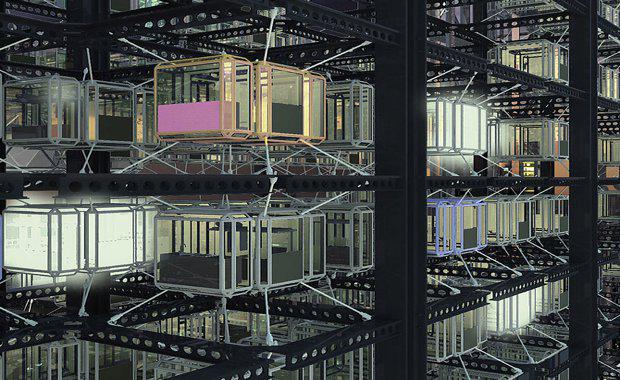
Forbes also suggested prospective buyers would be asking the following questions:
How’s security?
What if I’m the first and only resident for a while and there aren’t any pods near me? Where are the hallways, elevators and fire escapes?
Can I open the windows if there are mechanical arms moving around people’s homes?
do I really want to buy a home where I can’t even decide its location within the building?
how’s payment going to work in this vending machine?
Images courtesy Haseef Rafiei.














